In today’s online environment, even Fortune 500 companies aren’t exempt from cyber-crime, but they aren’t the only target. Are you aware of your risks?
The Association of Certified Fraud Examiners (ACFE) states that companies with less than 100 employees lose approximately $155,000 every year as a result of fraud. Small businesses are often at greater risk resulting from less security across the business, such as inadequate network and computer security or lack of background checks in their hiring process. Companies and government organizations worldwide are focusing on cybersecurity as a critical priority. Here are six tips to protect your business assets and data:
1. Keep up with current trends
Employees are potentially your biggest weakness when it comes to fraud, but if informed, can act as a first line of defense. Educate yourself and your staff on current security threats and prevention measures. Frequent training and written policies for passwords and handling of company information are just a couple ways to help reinforce behaviors and stay ahead of an ever-changing risk.
2. Guard important information
Make sure personal and business accounts are separate. This is a common area of fraud for a business of any size, so check account activity every day. Don’t give your c card or the number to an employee or company unless you’re familiar with them. Switch to online bill pay and protect your mail to prevent any sensitive information from getting into the wrong hands.
3. Put security first
Invest in a firewall, quality anti-virus and malware/spyware detection software and be vigilant about keeping them up-to-date. Back up daily to help keep your business moving forward in the event you experience a cyber-attack. Dedicate one computer for online banking transactions and try not to use it for email, social media or web-surfing if possible.
4. Good hiring practices
One of the best ways to help prevent fraud is by hiring the right people. Basic background checks are just good business practice, especially if employees will be dealing with sensitive customer information, high value merchandise or handling cash. Stay informed about which background checks you can legally pursue and how you can do some research on your own.
5. Be smart about your phone and Wi-Fi use
You’re busy and on the go, but resist the urge to connect when you’re away. Your devices may be set to search and connect to available networks in range. Adjustsmartphone, tablet or laptop settings to avoid automatically connecting to a network that appears public, but could be monitored by a cyber predator.
6. Contact your independent insurance agent
Your agent understands the risks unique to your business and will work with you to find an insurance company that has the right coverage for you. Cyber liability insurance can help you recover from the effects of cyber-crime and minimize the impact on your bottom line.
From a risk that began with the so-called “Y2K” or Millennium bug that prompted fears of widespread computer failure, cyber coverage has changed at the rate of technology and will continue to do so. Stay informed and make sure your business is insured. Courtesy of Integrity Insurance


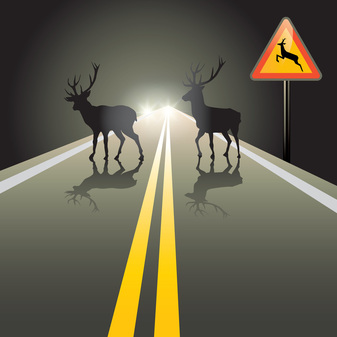
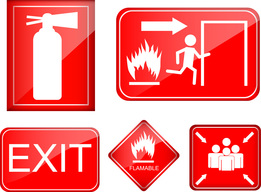
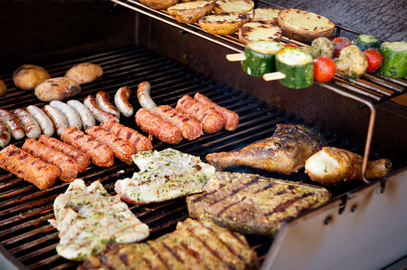
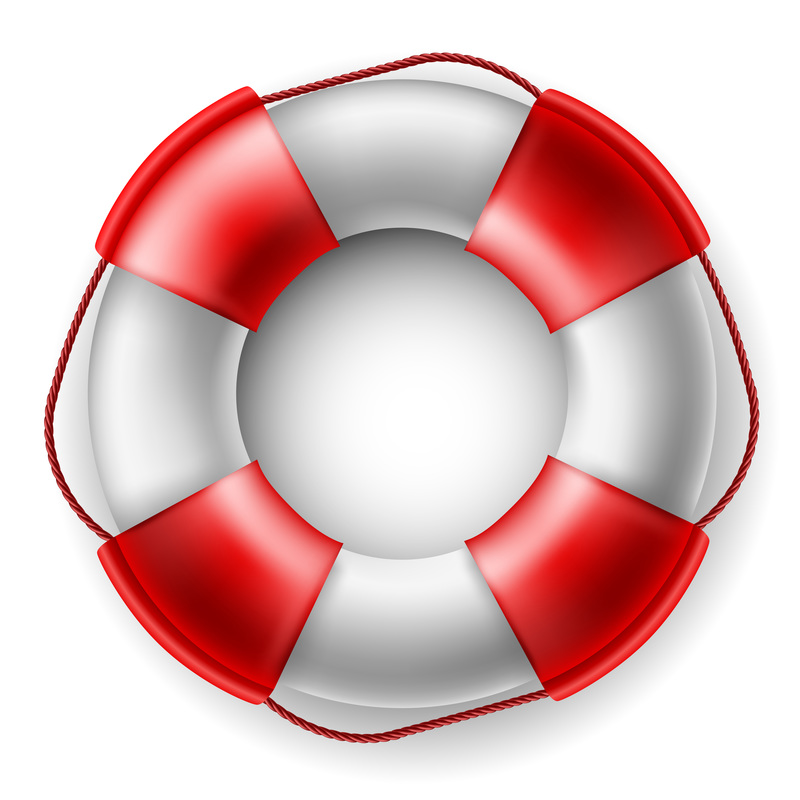
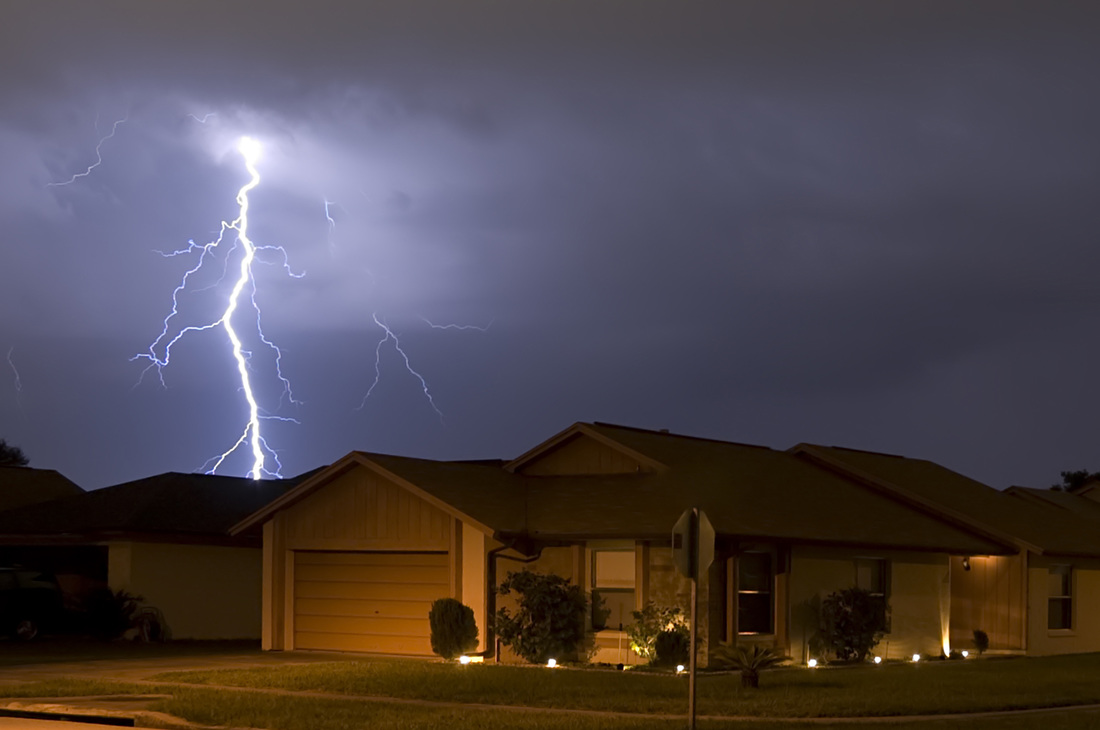
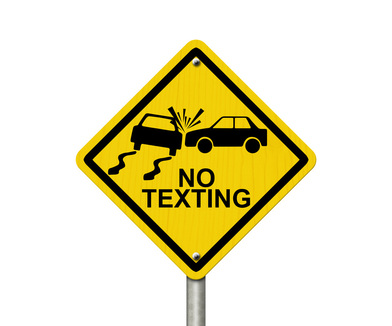
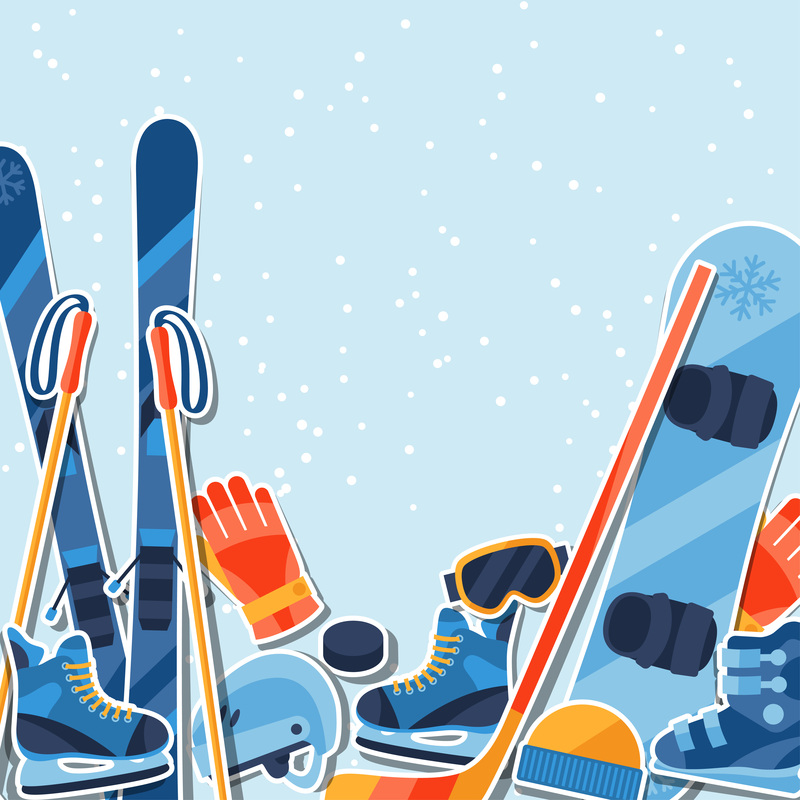
 RSS Feed
RSS Feed
